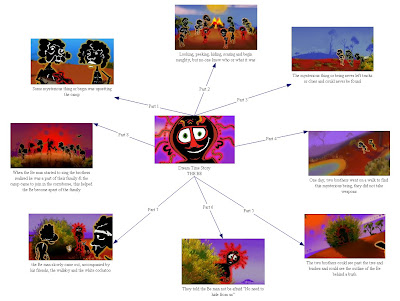ePortfolio / Microsoft Publisher The focus of this workshop was on an introduction of ePortfolios and how we can best use them to benefit us as pre-service teachers searching for positions after we graduate from our studies. We were given a crash course in how to create an ePortfolio for ourselves, which is also a part of our final assessment for the subject. My initial thought on ePortfolios was that it is a digital resume used for online applications for positions, however I now know much more goes into an ePortfolio then I assumed.
An ePortfolio as well as a form of assessment can be used as a form of self reflection; this gives teacher and students a channel of communication that allows teachers to understand a student’s learning and progress. It is important to understand that an ePortfolio is not just a collection of student work but a selection, a difference worth noting. The process of deciding what to include in an ePortfolio is just as important as the final product. As students we have to choose pieces of work to present in our ePortfolio and also justify why we thought the pieces were work including. The purpose of an ePortfolio I believe is the most significant is that it provides a sample of the student’s work, which shows growth over time. By reflecting on our own learning in the form of self-assessment, students begin to identify our strengths and weaknesses in our work which with teacher assistance weaknesses can become strengths.
Greg’s explanation of what our ePortfolios should be used for is to demonstrate our progress through the semester and show the skills we possess through the selection of our work. An important rule to remember is “don’t add things for the sake of it!”, and the saying quality not quantity can be said for our ePortfolios. A good ePortfolio should include the following pages; an introduction, contact details, resume (with education and employment history), our philosophy of education, awards & achievements, reflection & discussion entries, application of theories to classroom experiences, referees and teacher references. Finally, an ePortfolio needs to provide a snapshot of the applicant that will make the selection panel remember them.
Our next task was to explore Microsoft Publisher and the different ways it can be used within the classroom. We had to create a brochure for a country to practice using various techniques students would need to use to complete the same activity. I thought the brochure activity was an excellent example for a class activity using technology which I agree should be incorporated into everyday learning. Through the activity students learn to express themselves in a variety of ways using different styles of writing. As research can be included into the activity students could also practice their researching skills including different resources and sorting useful information from unnecessary knowledge. The students can not only design a brochure to market a holiday destination but a variety of topics. The students use a word processing/desktop publishing programs to publish their brochure.


Finally, Greg went through the interview process when applying for jobs in the future. As the interview stage means the applicant has been shortlisted by the panel he discussed what we can do in our applications to make our own stand out among the rest. I found his advise very helpful and the few points that stuck with me included; talk about your strengths and provide examples of when your strengths have successfully helped in a classroom or other situation, know the school you are applying for, this shows them you have taken interest in the particular school and demonstrates initiative, if they ask you “do you have any questions?” always have a question and finally make sure to answer the criteria set.





